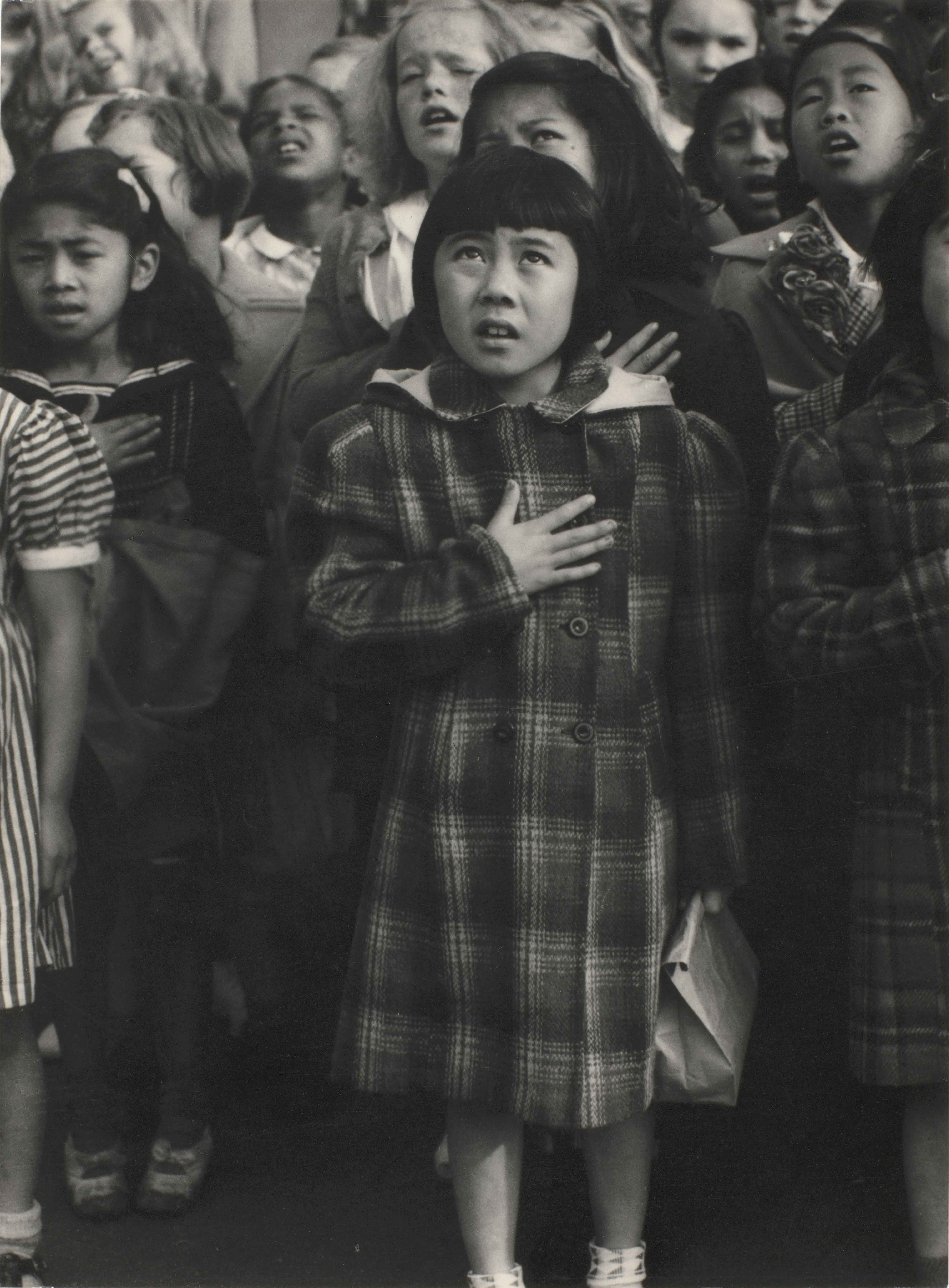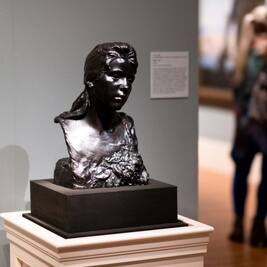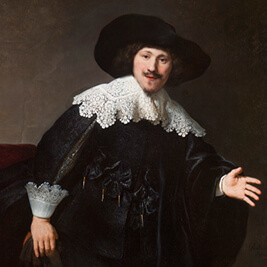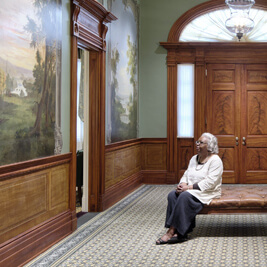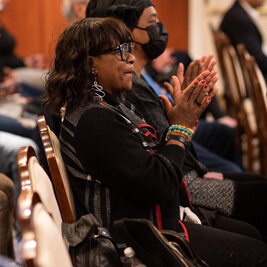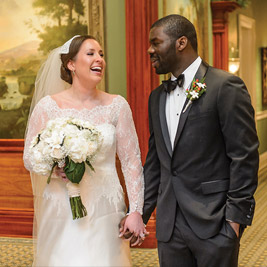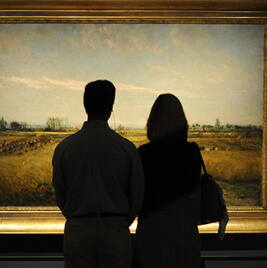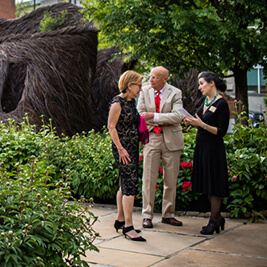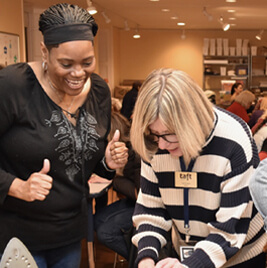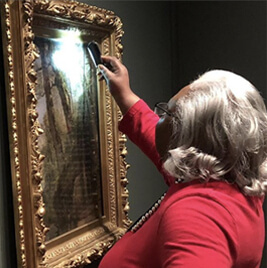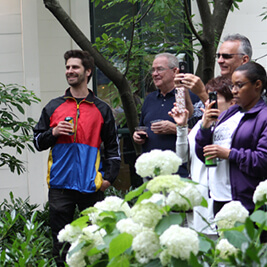- Do + See
- Dine + Host
- Give + Join
- Educate + Learn
5 Curator Favorites from Moment in Time: A Legacy of Photographs / Works from the Bank of America Collection
by Angela Fuller, Assistant Curator, and Tamera Muente, Curator
The Taft Museum of Art’s summer exhibition, Moment in Time: A Legacy of Photographs/Works from the Bank of America Collection, celebrates the camera’s ability to capture a moment in time with more than 100 images ranging from the early years of the medium in the 1840s to the popularization of color photography in the 1960s. Here are five of our curators’ favorites:
Julia Margaret Cameron (British, 1815–1879), Untitled (May Prinsep), October 1870, 1870, albumen silver print. Bank of America Collection
Julia Margaret Cameron’s niece May Prinsep (1853–1931) poses in a simple dress cinched with rope. Her abundant hair loops several times around the crown of her head. Bracelets and a rosary adorn the ensemble. Cameron took up photography as a middle-aged mother of six, quickly transforming from amateur to professional. She excelled at portraiture and enlisted her family members, friends, servants, and neighbors to serve as models, often casting them as characters from religion, myth, literature, and fairy tales. Cameron embraced evidence of the photographic process in her works, as shown here in Prinsep’s blurred face, an indication that she moved her head slightly during the photograph’s exposure.

-
Walker Evans (American, 1903–1975), Barber Shop, Vicksburg, Mississippi, 1936, gelatin silver print. Bank of America Collection
Outside a barber shop in Vicksburg, Mississippi, Black men sit on a wooden bench, perhaps waiting for a haircut. Ads for gum, cigarettes, and soda plaster the dilapidated storefront. Walker Evans captured this image while working for the Resettlement Administration, a New-Deal–era federal agency that provided aid to impoverished rural Americans during the Great Depression. Seven decades prior, Vicksburg residents had endured another crisis—a brutal, weeks-long siege during the Civil War. Though the conflict abolished slavery, legalized segregation lingered: Black and white Mississippians patronized separate shops, schools, churches, and public spaces. It would take thirty more years after Evans took this photograph—until the 1960s—for civil rights activists to make progress in dismantling this system.
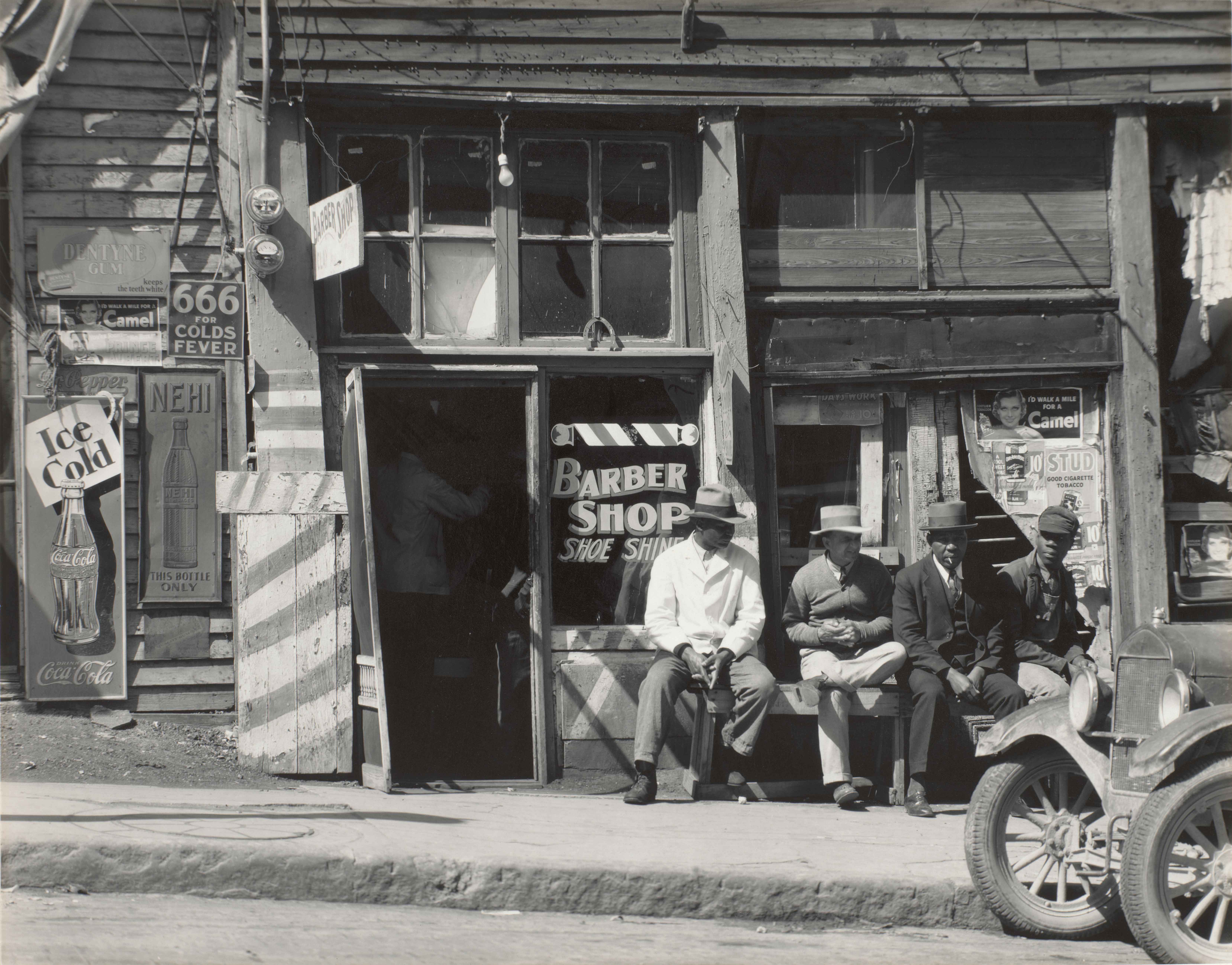
Barbara Morgan (American, 1900–1992), Martha Graham in Letter to the World, 1940, gelatin silver print. Bank of America Collection. Barbara and Willard Morgan photographs and papers, UCLA Library Special Collections. Choreography by Martha Graham, Courtesy of Martha Graham Resources
The “mother of modern dance,” Martha Graham (1894–1991), swings one leg into the air as she bends forward, causing her skirt to billow. Graham pioneered a form of expressive dance based on free movement and personal creativity, as opposed to ballet’s strict technique. Graham’s innovative choreography in this photograph by Barbara Morgan comes from a performance inspired by the life and work of 19th-century American poet Emily Dickinson. In collaboration, Graham and Morgan celebrated the resilience of the human spirit through their respective mediums of dance and photography.
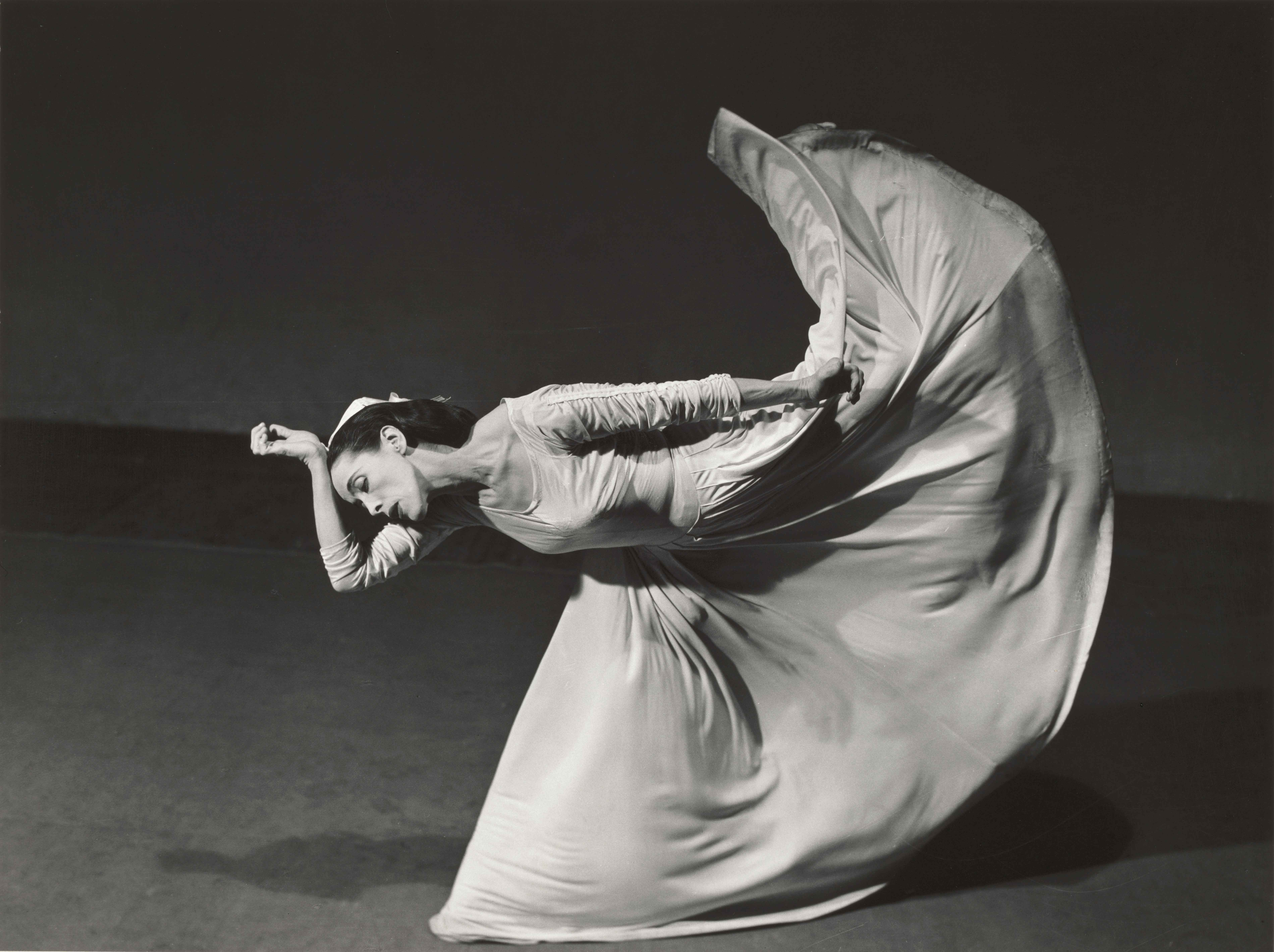
-
Ansel Adams (American, 1902–1984), Northern California Coast Redwoods, from Portfolio Four: What Majestic Word/In Memory of Russell Varian, 1963, about 1960 negative, printed in 1963, gelatin silver print, 140/260. Bank of America Collection
Ghostly and monumental redwoods stand like sentinels at the edge of darkness. The contrast between the silvery trunks and the shadowy forest lend the scene an otherworldly, almost spiritual appeal, as if the ancient trees are gatekeepers to a mystical unknown. In his photographs, Ansel Adams sought to reveal not just the appearance of a landscape, but a deeper connection with nature. “When I’m ready to make a photograph, I think I see something in my mind’s eye that is not literally there,” Adams said. “I’m interested in expressing something that is built up from within, rather than extracted from without.”

-
Dorothea Lange (American, 1895–1965), One Nation Indivisible, San Francisco (Pledge of Allegiance at Rafael Weill Elementary School a Few Weeks Prior to Evacuation), 1942 negative, posthumous print 1967, gelatin silver print. Bank of America Collection
A class of fifth grade students hold their right hands over their hearts, pledging allegiance to the American flag. A few weeks later, the children of Japanese ancestry and their families, deemed a threat to national security, were forced to evacuate. Dorothea Lange was hired by the War Relocation Authority to document their transfer to remote camps, where approximately 112,000 Japanese Americans from the West Coast—almost two-thirds of whom were United States citizens—were interned for nearly three years. In 1943, Lange urged her friend Ansel Adams to accept an invitation to photograph conditions at the camp at Manzanar, California: “I fear the intolerance and prejudice is constantly growing,” she wrote. “You have a job on your hands . . . to make a dent in it—but I don’t know a more challenging nor more important one.”
